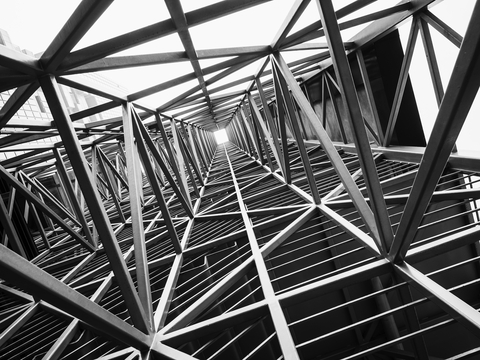The Anatomy of an Architectural l Mystery
A few weeks ago, I was going through this abandoned 1880s rowhouse in north central Baltimore and came across a mummified cat on the third floor. (See attached) It reminded me of those cats the ancient Egyptians put in their tombs because they worshiped cats. I would have made a good Egyptian because the two things I love in life are cats – and Coca-Cola (original formula). When I saw the poor creature, I immediately thought of a plot point that could be part of an architectural mystery. But instead of lying dead on the floor, suppose the contractor renovating the house found the cat or a bunch of mummified cats in a wall.
As a historic preservation architect, I go through a million old buildings – all dumps. Some are unbelievably disgusting. But in all those buildings, never once have I found a body or skeleton. Some month ago, a contractor told me he’d found a body in East Baltimore. Fresh or old, I asked? Fresh, he said. I have to admit I was a bit jealous. The buildings I have to look at usually are one of two types:
- For the homeless which means there are pizza boxes, blankets, clothing, and for some reason, an unbelievable amount of sneakers strewn about. You can tell if the occupant is around because you can smell a human bowel movement which has a different smell than an animal’s.
- As drug houses which have mattresses on the floor for addicts to relax on when they’re strung out. They must also have a strong sugar craving because they’re a lot of empty 2-liter soda bottles around especially Mountain Dew.
All these details could go in a mystery. But the main plot point in an architectural mystery is based on the fact that buildings under construction make great places to hide bodies. In foundation wall and floor concrete, air shafts in brick walls, in the side of a fireplace, or in a thick brick load-bearing wall. Within concrete or brick, the body smell will never get out. Hiding a body within a plaster wall, floor joists or roof rafters is guaranteed to start to stink after a while. If the building is abandoned then that’s okay.
Another thing to consider is that these places may be shit holes in 2018, but they once were the home of a family (usually wealthy) in 1882. While walking through these dumps and worrying if you’re going to fall through the floor, you think of all the people that have lived there. What secrets or tragedies were part of their lives? By going through the Baltimore City directories, you can find out who they were and what they did for a living. All this would be fodder for an architectural mystery.
Finding money hidden in a building is also a good plot device. I always look for any cash hidden in walls and floors but have never even found an old coin. I did find an old milk bottle once.

